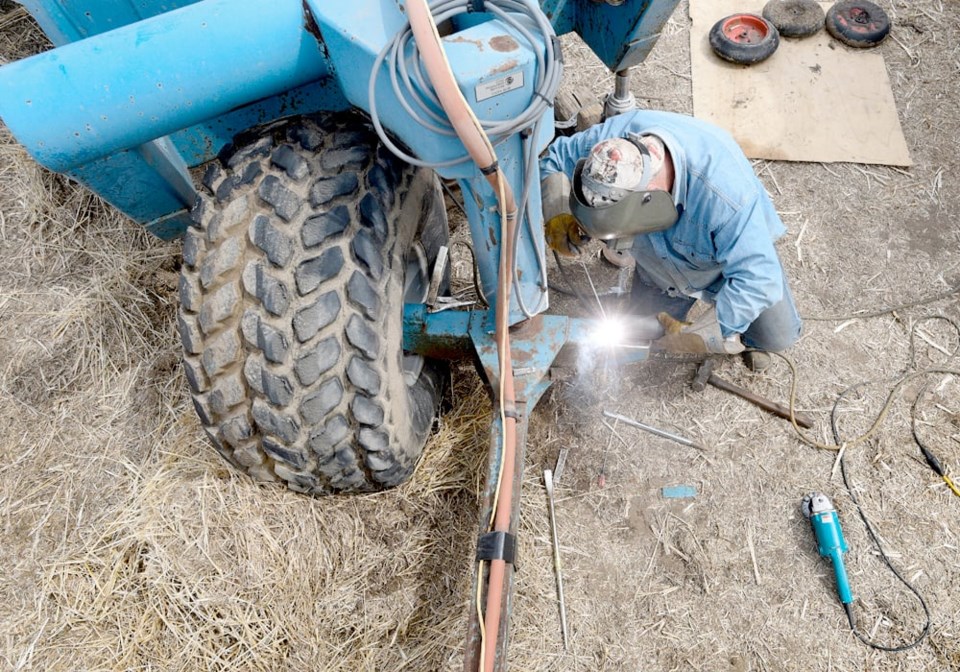WESTERN PRODUCER — After hearing from hundreds of farmers, agricultural and food employers and farm workers, the federal government sees widespread challenges in the labour market and few easy solutions.
“The sector requires a reliable and sustainable agricultural workforce and innovative technological solutions for the labour challenges of today and the future,” said federal Agriculture Minister Marie-Claude Bibeau in the introduction to the What We Heard report, which is part of the National Agricultural Labour Strategy process.
“A longstanding challenge to this sector and the food supply chain is chronic labour shortages that hinder the productivity of agricultural and processing operations, resulting in lost economic potential and creating stress for employers and workers alike.”
While the COVID-19 pandemic caused disruptions to the flow of international farm workers, Bibeau noted that “chronic labour shortages in the sector predate the pandemic.”
The report sums up the input from in-person meetings, written submissions and an online questionnaire. An interim report of the National Workforce Strategic Plan was provided.
Throughout the report, a sense of frustration from farmers and employers is clear. They can’t find workers, struggle to retain them when they hire them, worry that investing in training will be a wasted effort when people quit, and can’t afford what it might take to automate and maintain more sophisticated operations that could better handle the demands of today’s workers.
Farmers and other employers also reported problems with understanding the labour market and being able to see where potential workers might be.
Widespread misperceptions about agriculture hurt the industry, respondents said. People don’t consider agriculture as a job market at all, or consider it a primitive industry.
Female workers reported having trouble finding child care in rural areas, holding them back from some agricultural employment.
Possible solutions include higher wages and benefits, raising the awareness of the jobs available, providing more skills training and career development, and reaching out to non-traditional worker communities from today’s diversity.
From here the strategy process will continue through 2023, with Agriculture Canada speaking with other government departments about specific challenges mentioned, including accessing foreign workers, getting childcare in rural areas, and establishing good internet broadband services in farming areas.



